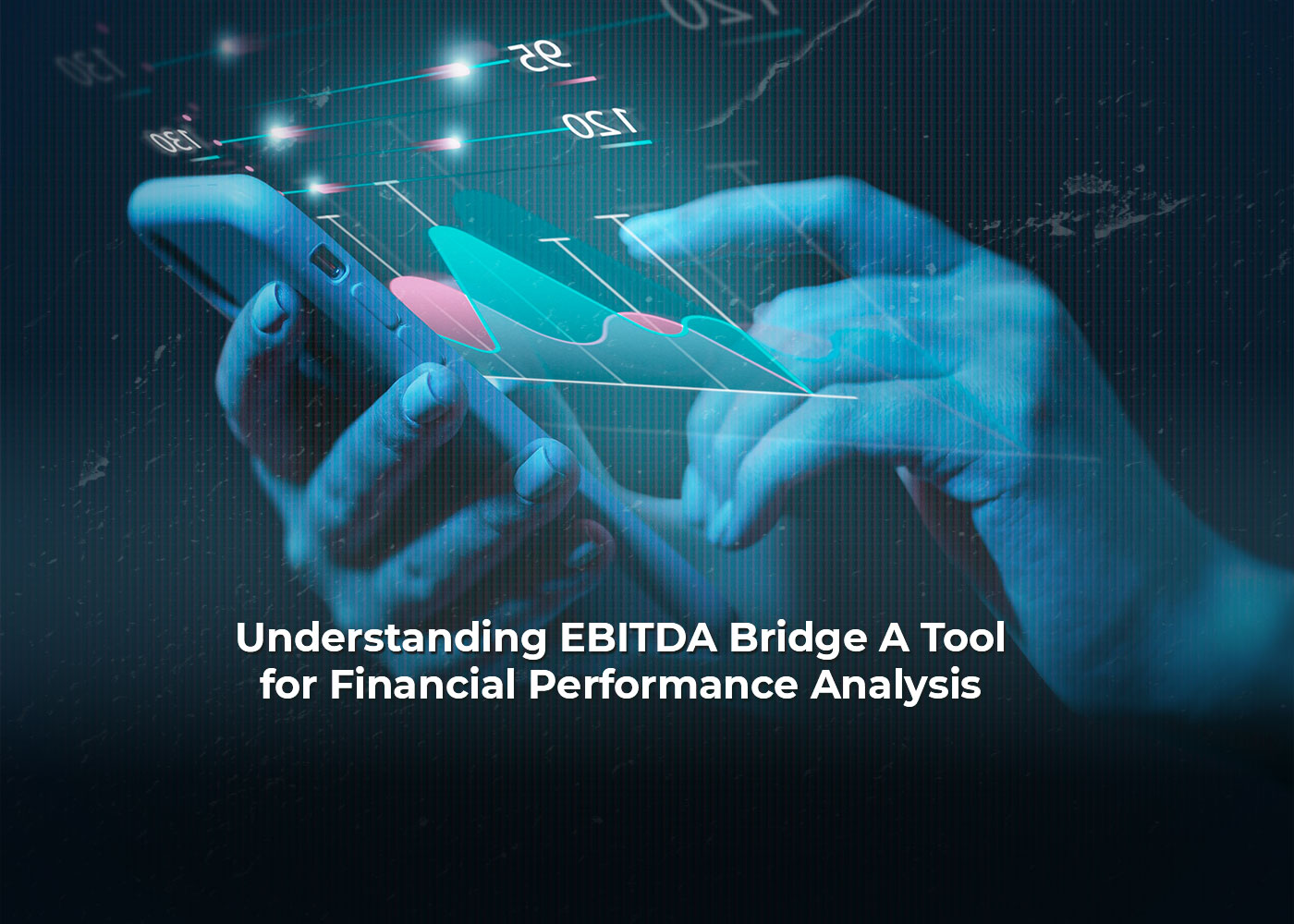Understanding EBITDA Bridge: A Tool for Financial Performance Analysis
Are you interested in financial performance analysis? As a business owner, finance professional, or investor, there are numerous analytical tools to help you assess and manage the economic health of your organization.

Are you interested in financial performance analysis? As a business owner, finance professional, or investor, there are numerous analytical tools to help you assess and manage the economic health of your organization. One handy tool is known as an EBITDA bridge. This blog post will explain what an EBITDA bridge is and how it can be used to make informed decisions about investments or future developments related to financial performance. By understanding how an EBITDA bridge facilitates insi
ghtful analysis of past numbers and potential outcomes, you can make the most out of your data-driven decision-making process. Read on for more information about this powerful analytical tool!
Let’s Start With the Basics: What Is a Financial Bridge Analysis?
By utilizing a financial bridge analysis, it is possible to identify and explain any alterations in a company’s monetary operations across various time frames, such as one quarter or even one year. This evaluation deconstructs the changes into separate elements like sales revenue, cost of items sold, gross profit, operating costs, and profits, then culminates with net earnings. With this strategy at your disposal, you can better comprehend –and potentially improve– an organization’s fiscal standing over time.
The Purpose of a Financial Bridge Analysis:
Through a comprehensive financial bridge analysis, it is possible to detect and evaluate the drivers of improved or weakened performance in any company. By thoroughly examining how each component has impacted the overall economic outlook from year-to-year, this invaluable tool can quickly pinpoint which elements contribute to desired outcomes.
Financial bridge analysis is typically displayed as a financial bridge chart, which offers an organized and straightforward view of changes in company results. This type of graph displays the alterations to key components from one period compared to another; it’s perfect for analyzing trends, highlighting areas that need attention, and guiding decisions.

Benefits of a Financial Bridge Analysis:
Executing a financial bridge analysis has numerous benefits. First and foremost, it clarifies the current state of your business’s finances, so you can identify where to concentrate on improvements. In addition, it enables you to detect which elements of your existing strategy are producing results (or not working) so that you can strategically use resources in areas with the potential for maximum impact.
Furthermore, a financial bridge analysis can show how near-term cash flow may look in the future if certain scenarios happen. This clarity helps decide whether or not strategies need to be adapted to reduce risk and maximize results based on potential outcomes from different situations being contemplated.
Through this evaluation, organizations can acquire clear insight into potential risks or chances that may affect their success both now and in the future. By having an exact assessment – rather than conjectures- companies can make reliable financial decisions today and beyond with confidence.
So, What Is an EBITDA Bridge Often Used For?
For investors, analysts, and management alike, an EBITDA bridge is a useful financial tool to gauge the development of a company’s earnings before interest, taxes, depreciation, and amortization (EBITDA) over time. By breaking down changes in EBITDA into their component parts – such as revenue growths or cost savings – this device can help identify which elements are causing fluctuations in earnings while providing greater insights into the business’ underlying trends and overall performance.
When businesses are undergoing big transitions, such as a merger or restructuring, the EBITDA bridge is an effective tool to utilize. This valuable resource can dissect the changes in EBITDA and pinpoint which exact components had an impact on its evolution, thus, enabling management to make smarter decisions about their organization’s future trajectory.
Conducting a Financial Bridge Analysis:
Here are the steps for conducting a financial bridge analysis:
- Define the period: When you’re conducting financial bridge analysis, the initial step is to precisely determine which period of time will be studied; it could encompass a quarter, an entire year, or any other interval.
- Identify the key financial metrics: Now, it’s time to determine the financial metrics you want to measure, like revenue, net income, gross profit margin, and operating expenses.
- Calculate the changes in financial metrics: Put a number to the financial differences between your two timeframes. For example, if you want to track revenue progress, measure the disparity in income from both periods.
- Identify the drivers of change: Uncover the forces responsible for any alterations to your financial metrics. If you detect an increase in revenue, investigate what triggered it – was it a larger sales volume, a heightened price point, or perhaps a move into new markets?
- Quantify the impact of drivers: Gauge the influence of each factor on your financial metric. For instance, if sales volume has risen, evaluate how much this rise in sales contributes to an increase in revenue.
- Prepare the bridge chart: Construct a bridge chart to demonstrate the variations in financial metrics and how each driver influenced the shift. This visual representation will illustrate both the starting point (the first period’s fiscal indicators), the ending point (the second period’s monetary figures), as well as what expedited those changes.
- Interpret the results: Analyze the results of your financial bridge assessment to uncover key revelations. For instance, if sales quantity has caused revenue growth, it could be beneficial for the company to build on this momentum and work towards augmenting its sales volume to propel further escalation in profits.
Final Words:
A financial bridge analysis is essential for any business looking to take its finances to the next level. It provides a comprehensive overview of the company finances, allowing them to accurately pinpoint what’s working and what needs improvement. Making this detailed evaluation of the company’s financial performance and tracking it over time can provide invaluable insights that help inform strategic and corrective measures. Ultimately, companies need data insights like those obtained through a financial bridge analysis to effectively manage their finances and reach sustainable success!




